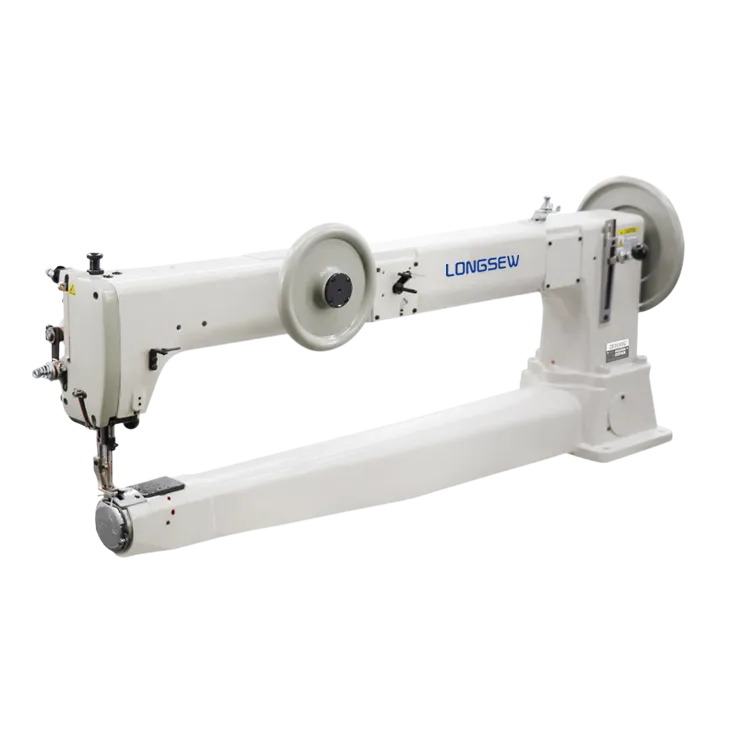Tips and Techniques for Sewing Heavy Fabrics Effectively in Your Home Projects
Sewing Thick Material Tips and Techniques for Success
Sewing thick materials such as denim, canvas, or leather can be challenging, yet incredibly rewarding. Whether you're crafting sturdy bags, durable outdoor gear, or stylish apparel, having the right techniques and tools is essential to achieving professional results. In this article, we’ll explore some valuable tips and tricks for sewing thick materials effectively.
Choosing the Right Tools
One of the first steps in sewing thick materials is selecting the appropriate tools. Standard sewing machines may struggle with heavy fabrics, so it's advisable to use a machine with a strong motor and a walking foot or a Teflon foot. A walking foot helps feed multiple layers of fabric through the machine evenly, preventing slipping and ensuring straight seams. Teflon feet are particularly beneficial for slippery materials, such as leather.
You should also invest in quality needles; a heavy-duty needle or a leather needle is ideal for thick fabrics. These types of needles have a larger eye and a thicker shaft, allowing them to pierce through dense materials without breaking. Thread choice is equally important—opt for polyester or nylon thread, which offers greater strength and durability compared to cotton.
Preparing Your Material
Before you begin sewing, proper preparation of your fabric is crucial. Pre-wash and iron the fabric to remove any sizing and to ensure that it shrinks properly. When cutting thick material, use sharp scissors or a rotary cutter for clean edges. It's also a good idea to use weights or clips instead of pins, as pins can leave noticeable holes in thicker materials and may be challenging to insert.
Effective Sewing Techniques
When it comes to the actual sewing process, here are some tips to keep in mind
sewing thick material

1. Go Slow Thick materials can easily cause a sewing machine to skip stitches or even jam. Slowing down your sewing speed helps ensure that the machine can handle the density of the fabric without issues.
2. Use a Longer Stitch Length A longer stitch length is often more effective for thick materials as it allows the fabric to move more freely under the presser foot. It also contributes to a neater aesthetic, as shorter stitches can become crowded and create bulges.
3. Avoid Excessive Pressure Adjust the presser foot pressure on your sewing machine if possible. Too much pressure can lead to uneven feeding, while a consistent feed is critical to creating beautiful seams on thick materials.
4. Reinforce Stress Points For items like bags or furniture covers, where stress points are a concern, consider using double stitches or even topstitching in these areas. This adds not only strength but also a decorative element.
5. Use a Thimble When hand-sewing, thick fabrics can be tough to manage. A thimble can help push the needle through the material without injuring your fingers.
Finishing Touches
Once you've assembled your project, it's time for the finishing touches. Serger or zigzag stitches work well to finish seams on thick materials, preventing fraying. Topstitching along seams can add both durability and a professional look. If you're sewing leather or other non-fraying materials, consider leaving the edges raw for a trendy, rugged finish.
Conclusion
Sewing thick material can seem daunting, but with the right tools, techniques, and mindset, you can create beautiful, high-quality projects. Remember to take your time, invest in good equipment, and practice your skills. Soon you’ll be crafting with thick fabrics like a pro, producing items that are not only functional but also stylish. Happy sewing!
-
Industrial Cylinder Arm Sewing Machine: Revolutionizing Heavy-Duty SewingNewsJul.28,2025
-
Cylinder Arm Sewing Machine: Perfect for Special Sewing ApplicationsNewsJul.28,2025
-
Cylinder Bed Sewing Machine: Essential for Sewing Complex MaterialsNewsJul.28,2025
-
Heavy Duty Sewing Machine: The Essential Tool for Industrial ApplicationsNewsJul.28,2025
-
Computerized Pattern Sewing Machine: Revolutionizing Precision StitchingNewsJul.28,2025
-
Heavy Duty Industrial Sewing Machine: Power Meets PrecisionNewsJul.28,2025
-
Leather Sewing Machine: The Industrial Standard for Tough MaterialsNewsJul.18,2025





























